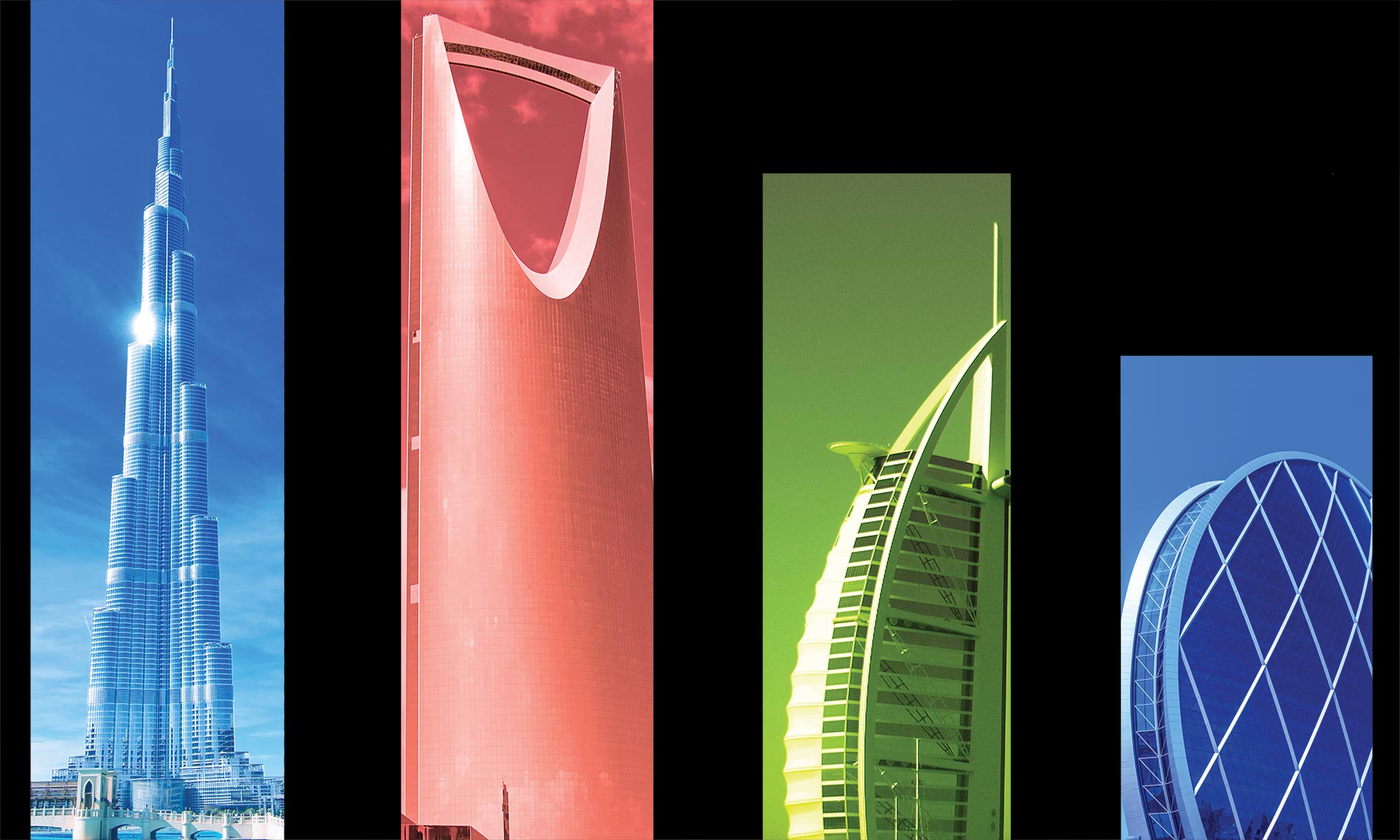Latham & Watkins doesn’t make strategic missteps. Or at least that appeared to be the case until March, when the firm announced that it will close both its Abu Dhabi and Qatar offices later this year, relocating staff to its Dubai operation. Bill Voge, chair and managing partner of the firm that has been by most yardsticks the standout success story of the last 20 years, said the firm had been wrong in assuming there were four distinct hubs that the firm needed to service clients in the Middle East – Abu Dhabi, Dubai, Qatar and Saudi Arabia – and so after seven years in the region, the firm was consolidating its Middle East presence into Dubai and Riyadh.
For international firms, finding the appropriate business model and strategy for the Middle East has been a puzzle. The region was never more alluring than at the height of the pre-financial crisis period of 2007 and 2008. Intoxicated by crude oil prices at nearly $150 a barrel in the summer of 2008, the Middle East could hardly have felt more prosperous. As ostentation gripped the region, Dubai powered ahead with ambitious projects such as the man-made archipelago Palm Jumeirah and the Burj Khalifa, the world’s tallest building. Naturally, the legal profession sought to capitalise.
Subscriber Access
You must be logged in to view full premium content.







